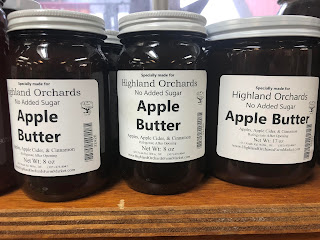November 2020
What a strange fall! Well, what a strange year, right? Amazingly mild temperatures, we have dipped below freezing only once, and that but a week ago and with little damage done. Next week promises colder temperatures—it’s ok, it is December next week! We have been grateful for this milder weather, as it has given us time to work on the new high tunnel. The frame is up, sides are on, now waiting for heaters, fans, and end walls. Then on to the next one. We finished the new unheated tunnel, and spinach is up and looking great. Pomegranate trees will be planted shortly. The outside harvests have continued with barely a twitch, as these crops thrive in cool weather. Broccoli, cauliflower, and salad turnips have filled out those CSA bags, and the kale, collards, mustard greens keep growing and have provided multiple harvests. Kohlrabi is coming soon! We have transplanted a few crops into a tunnel to extend their harvest. In the meantime, the hydro house has been producing many of th






